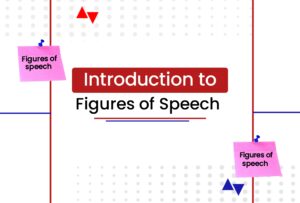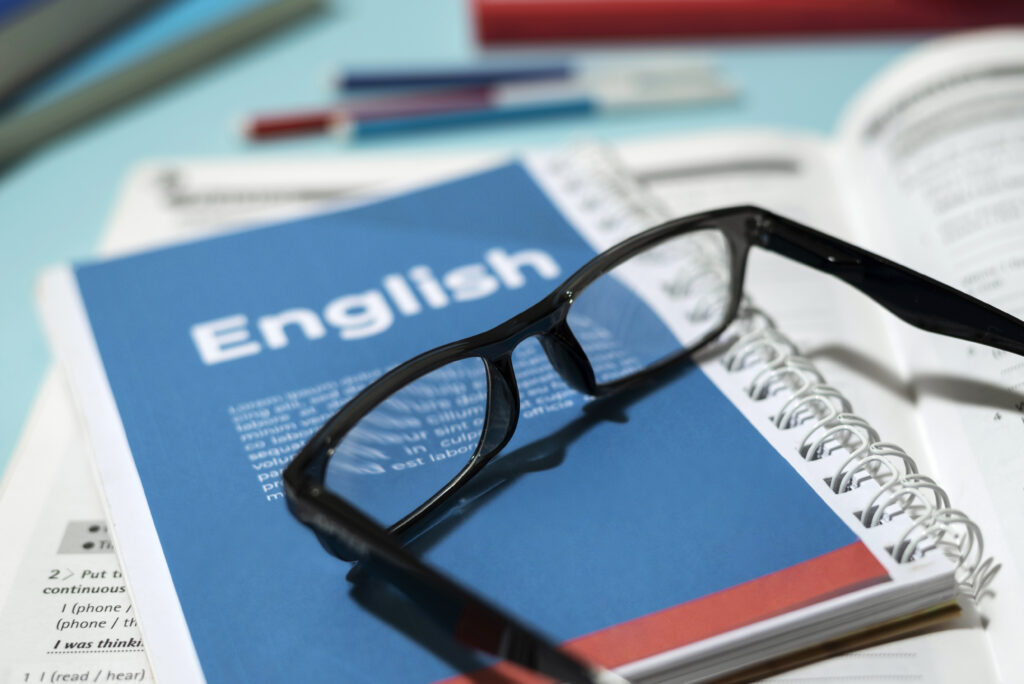Est. reading time: 3 minutes
A figure of speech is an expression that conveys a particular meaning or piece of information. They compare and contrast ideas, concepts or things. Figures of speech convey a clearer mental picture for understanding information. Although we may still be familiar with the basic figures of speech that we learned in the past, such as similes and metaphors, this article will delve deeper into them while also brushing the surface.
Types of Figures of Speech
There are several types of figures of speech. These include simile, metaphor, personification, hyperbole, irony, alliteration, pun, oxymoron, onomatopoeia, euphemism, paradox, litoses, synecdoche, metonymy, assonance, consonance, and apostrophe. Their usage depends on the context in which they are being used.
| Figure Of Speech | Explanation | Example |
Simile |
This is a figure of speech that involves the comparison of two objects or things using the words “like” and “as”. | Mr Okoro’s son is as stubborn as a goat. |
Metaphor |
This figure of speech is used to make a comparison between two objects without the use of “like” and “as.” | Tolu is a sloth. |
Personification |
This is a figure of speech that involves attributing or ascribing human qualities or characteristics to nonhuman things or objects. | Death barged in when they least expected it and stole one of them. |
Hyperbole |
This is a figure of speech that makes use of exaggeration and overstatement to emphasise a point. | After talking to her, I realised that we had a million things to do before the wedding. |
Irony |
This is a figure of speech that involves the use of sarcastic words that differ from their meaning or that mean the opposite of what is implied. | The NDLEA officer was arrested for selling drugs. |
Alliteration |
This figure of speech involves the repetition of the same initial letter or sound in a sentence. | Sally still stutters while singing. |
Pun |
This is a wordplay that uses words that have more than one meaning or words that sound the same but have different meanings to create humour in writing. | Every calendar’s days are numbered. |
Onomatopoeia |
This is a figure of speech that involves creating or forming a word to represent or imitate a sound. | The bee buzzed in my ear. |
Paradox |
This is a figure of speech in which a statement contradicts itself but reveals a deeper truth. | The more you know, the more you realise that you don’t know. |
Euphemism |
This figure of speech makes use of polite and pleasant words or phrases to substitute words that may be considered offensive, unpleasant, or embarrassing to talk about. | The six-year-old boy kicked the bucket. (“Kicked the bucket” in place of died). |
Oxymoron |
This is a figure of speech that combines or places two contradictory words side by side. | Ada’s announcement filled the room with deafening silence. |
Apostrophe |
This is a literary device in which the speaker addresses an absent person or someone who is unable to respond. | Do not hide from me, light my path, oh Moon. |
Synecdoche |
This is a figure of speech that involves using a part of something to represent the whole thing. | All hands are on deck. (Hands here represent sailors.) |
Litotes |
This figure of speech makes use of negative expressions or statements to convey a positive meaning. | Bola is not not smart. (This uses a negative expression to convey that Bola is smart). |
Metonymy |
This is a figure of speech in which a word or phrase related to something is used to refer to that thing. | Aso Rock put in place a policy to reduce fraud in the country. |
Assonance |
This is a literary device that involves the repetition of vowel sounds in words that are placed closely together in a sentence | Men sell wedding bells. |
Consonance |
This figure of speech involves the repetition of the same initial consonant letter or sound in a sentence. | She sells shells by the seashore. |
Conclusion
I hope you have acquired a basic understanding of the majority of the figures of speech after reading this article. Visit our website for detailed articles on these figures of speech if you want to learn more.


